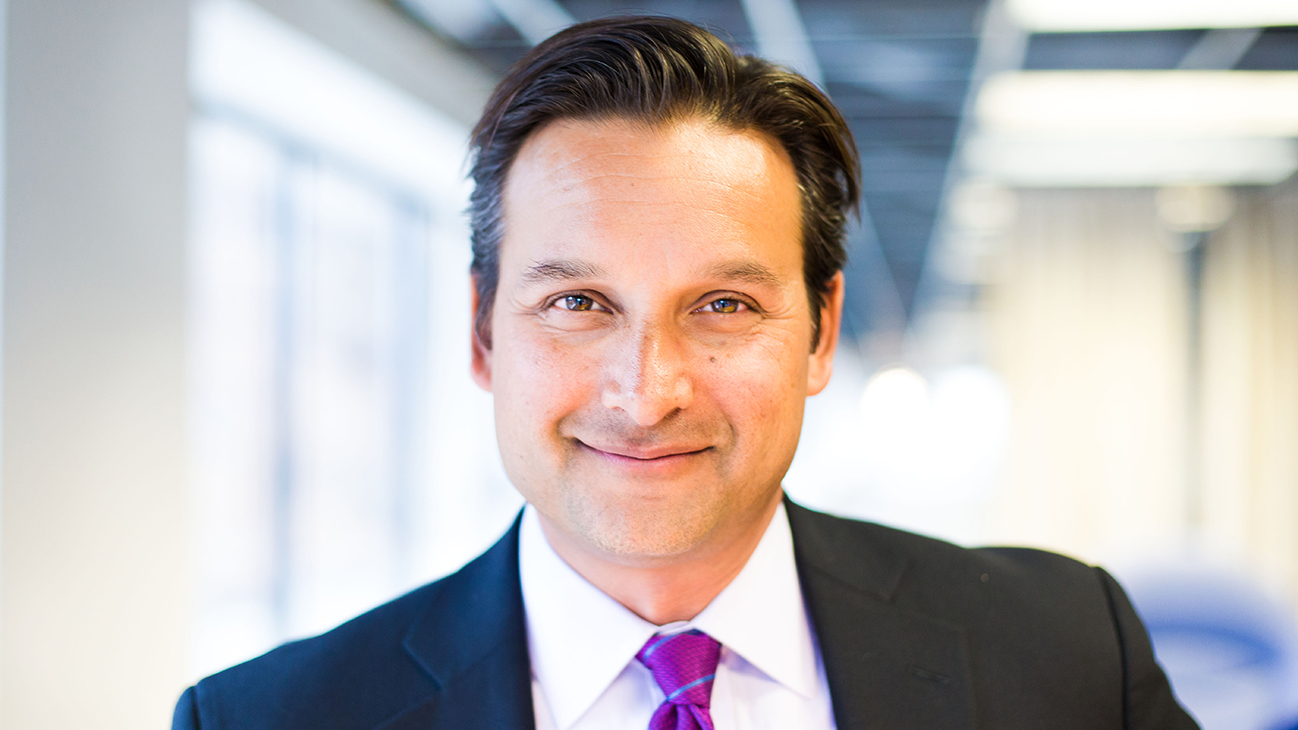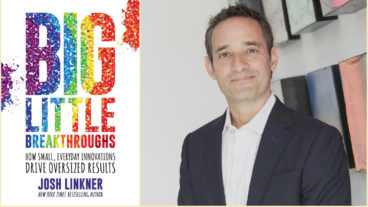Some of the top innovations — like open-source software, e-commerce, and email — didn’t come from innovation hubs like Silicon Valley, instead they came from people working in established organizations. How? It all comes down to their ability to recognize and act on opportunities, something we are all capable of doing.
In a recent article for Fast Company, strategy and innovation expert Kaihan Krippendorff explores what enables some people to think creatively and become internal innovators. This is something that can be learned, Kaihan says, and it all starts with changing how we view our luck.
In a fascinating study, Kaihan says, a psychologist studied two groups of people: those who consider themselves lucky and those who don’t. This study found that “lucky” people have certain habits that contribute to their good fortune — they are skilled at noticing chance opportunities.
Kaihan writes, “They make lucky decisions by listening to their intuition. They create self-fulfilling prophesies by developing positive expectations, and they adopt a resilient attitude that transforms bad luck into good.”
While lucky people walk through life assuming they’ll find luck, people who think they are unlucky don’t and end up missing opportunities even when they are right in front of their faces.
Kaihan shared a five-step process that can shift our thinking and transform us into one of the lucky ones. It’s designed to help people overcome creative blocks in order to pursue innovative ideas.
Step 1: Diagnose your beliefs
Intent is the first step on the path to innovation, therefore it’s critical to identify and eliminate whatever is blocking your ability to see opportunities and stop you from taking action. Kaihan writes that there are three types of behaviours that stop people from doing things — behavioural (“this won’t work”), control (“I am not capable”), and normative (“people won’t approve”).
Kaihan provided statements to determine which behaviour is stopping you. He says to choose whichever one is closest to your inner voice.
Behavioural beliefs
- It’s too hard
- It’s unlikely to succeed
- I can’t be sure it will work
Control beliefs
- Others could do it, but I don’t have what it takes
- I’m not an entrepreneur or innovator
- I don’t know enough
Normative beliefs
- I would look weird
- My colleagues or friends would laugh
- This could hurt my career
Step 2: Be Willing to Choose Your Beliefs
Once you’ve diagnosed yourself, you can start retraining you’re thinking. Most beliefs, Kaihan writes, aren’t true, they’re simply rules we’ve put in place to explain past events and give us a sense of security about the future. This is why our beliefs often become self-fulfilling.
To change this, identify the belief and than think of counter examples from your past that can prove to yourself that your belief is false. This will help open you up to possibility.
Step 3: Feel the Cost of Not Acting
To deconstruct limiting beliefs, Kaihan provided the “Sherlock Holmes Technique” developed by performance coach Dr. Amanda Foo-Ryland. From the article:
“You’ll need a notebook for this exercise. Keep it on hand for 48 hours.
- Whenever you have thoughts about an innovative idea, ask yourself, “what is it I believe about myself that caused me to think that way?” Notice what comes up and write it down.
- Every time you feel bad, ask yourself, “what do I believe about myself that caused me to feel that?” Make note of it.
- Each time you feel either one, physically move away from where you were sitting or standing and, in the new position, ask the question again. Ask playfully, as if you’ve caught the creative block by surprise.
- At the end of the 48 hours, look at your list of beliefs and, for each item, ask:
- What has been the cost of having this belief?
- What will be the cost of living this belief for the next five years?”
Step 4: Assess the Payoff
Ask yourself what the benefit of holding on your belief is — does it reduce risk or help you avoid embarrassment? Is it just an excuse to avoid trying and failing?
Step 5: Choose a New Belief
Think of the future you would like to see and choose a belief that would help you get there. Kaihan writes, “Don’t necessarily choose a directly opposite belief. If you’re belief is, ‘I don’t have what it takes,’ don’t choose, ‘I do have what it takes.’ Instead, try, ‘I have fun innovating’ or ‘I am a creative person.’”
Over time, your old belief will begin to fade, and instead you’ll start seeing new opportunities and ideas, and begin to have those creative ideas that can bring you the change you want to see.
Click here to read Kaihan’s full article in Fast Company.
Kaihan Krippendorff is one of the most in-demand business speakers in the world. A bestselling author, internationally recognized thought-leader, and a sought-after strategic advisor, Kaihan’s innovative keynotes help organizations and individuals thrive in today’s era of fast-paced, disruptive technological change.
Interested in learning more about Kaihan and what he can bring to your next event? Email us at [email protected].




